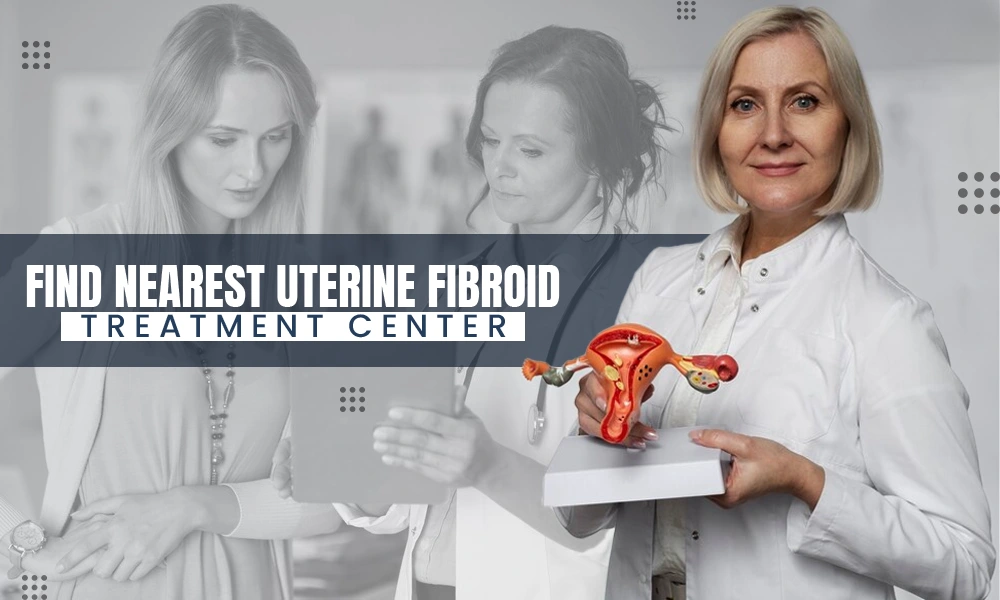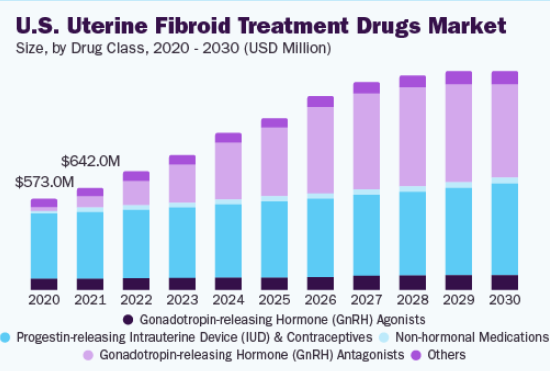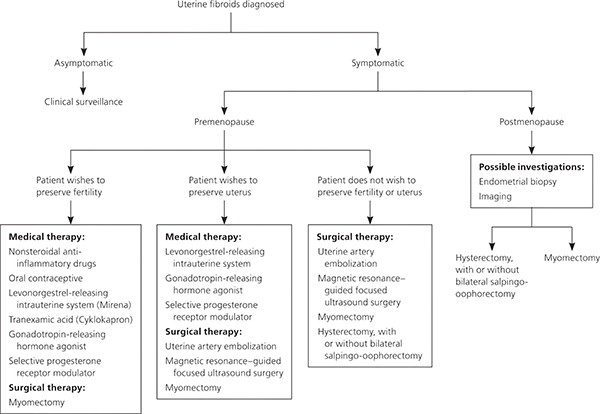How to Find Your Nearest Uterine Fibroid Treatment Center: A Step-by-Step Guide

Are you a person or someone you know is grappling with uterine fibroids? If so, it’s your call to embark on a journey of addressing uterine fibroids through uterine fibroid embolization.
What is it? It is the process of shrinking uterine fibroids which are referred to as non-cancerous tumors, usually developed from the muscle tissue of the uterus.
What happens is during the embolization process, an interventional radiologist injects very small particles into the arteries that supply the fibroids. It then shrinks fibroids by blocking their blood supply which represents a moment in reclaiming control over your health and quality of life.
If, for some reason, you are looking for the nearest Uterine Fibroid Treatment Centers, find us by your side, and we’ll help you out.
In this guide, we’ve mentioned factors to consider when you are on your hunt to find uterine fibroid cure centers.
Understanding Uterine Fibroids

Before delving into finding a medical center, it’s vital to grasp the basics of uterine fibroids. These non-cancerous growths can develop in the uterus, often during childbearing years.
When some women may not experience symptoms, others may suffer from pelvic pain, heavy menstrual bleeding, or reproductive issues.
Research and Information Gathering
Initiate your search for UFT providers by thoroughly researching options available in your vicinity. Utilize trustworthy sources such as healthcare directories, reputable online forums, or official medical websites to gather pertinent information.
Assess various factors, including the center’s reputation, the array of therapy options provided, and its geographical proximity to your location.

Statistics:
In 2022, the global uterine fibroid treatment drugs market size was estimated at USD 1.80 billion according to the reports. The predictions were made that from 2023 to 2030, it will grow at a CAGR of 10.2%.
This comprehensive approach ensures that you are well informed before making decisions regarding your healthcare journey.
Utilizing Online Resources
The internet is invaluable when seeking the nearest center for the treatment of fibroids. Dedicated healthcare platforms and search engines offer a plethora of information to aid your search.
You can easily search through the official websites of cure clinics, where comprehensive details about services, attending physicians, and contact information are readily available for your convenience.
Checking Local Directories
When exploring local directories or healthcare facility listings, prioritize those that categorize services by specialty. This categorization streamlines the search process, facilitating the identification of centers.
Focus mainly on medical facilities specializing in gynecology or women’s health, as they offer a comprehensive range of services tailored to effectively address fibroid-related concerns.
Such medical facilities have specialized expertise and resources to provide personalized care, ensuring optimal outcomes.
Seeking Referrals and Recommendations
When seeking referrals and recommendations, it’s beneficial to consult your primary care physician or gynecologist first. Their expertise allows them to offer personalized insights tailored to your medical history and requirements.
Do You Know?:
Between 25% to 50% of people with fibroids will experience symptoms like heavy bleeding, pelvic pain, infertility or miscarriage, frequent urination, or painful sex.
Moreover, don’t hesitate to inquire among friends, family members, or colleagues who have firsthand experience with UFTs for additional perspectives and recommendations.
Contacting Health Insurance Provider
If you have health insurance, it is advisable to contact your provider to ascertain the extent of coverage. You can request a list of therapy sites within your insurance network, streamlining your choices.
This proactive step not only assists in narrowing down choices but also clarifies potential financial implications, thereby alleviating concerns associated with treatment costs.
Understanding the specifics of your insurance coverage ensures a smoother journey toward accessing the necessary care for managing fibroids.
Evaluating Treatment Options

After compiling a list of potential treatment providers, it’s necessary to thoroughly assess their available choices and approaches. Seek services that provide comprehensive cures, encompassing minimally invasive procedures, surgical interventions, and alternative therapies.
Ensure that the available choices align with your preferences and medical requirements, allowing for a tailored approach to effectively addressing your intrauterine fibroids.
Considering Location and Accessibility
When considering the location and accessibility of potential therapy centers, prioritize convenience and ease of access. Select a facility close to your residence or workplace, minimizing travel time and logistical challenges.
Also, assess transportation services available, ensuring there are convenient routes or parking facilities nearby.
Take into consideration any mobility limitations you may have, such as difficulty walking long distances or accessing stairs, to ensure seamless access to the chosen care center.
Reviewing Physician Credentials
Research the credentials and expertise of physicians practicing at each center. Look for board-certified gynecologists or reproductive medicine specialists with experience treating fibroids.
Interesting Fact:
Most commonly, a single fibroid can be less than 1 inch in size. Interestingly, it can grow to 8 inches across or more.
Reviewing physician profiles can ensure you receive quality care from qualified professionals.
Scheduling Consultations
Once you’ve narrowed your options, schedule consultations with the healthcare providers at each therapy location. Use this opportunity to discuss your medical history, symptoms, and preferences.
Ask questions about the recommended course of action approach, potential risks, and expected outcomes.
Considering Patient Reviews and Testimonials
Before making a final decision, consider reading patient reviews and testimonials about each medicine site. Feedback from former patients can provide valuable insights into the quality of medical service, patient experiences, and overall satisfaction with the services offered.
Making an Informed Decision
After thorough research and evaluation, decide which service provider best meets your needs. Consider factors such as location, aid options, physician expertise, and patient feedback.
Trust your instincts and choose a place where you feel comfortable and confident in the quality of service provided.
Conclusion
Finding your nearest Uterine Fibroid Treatment Centers requires diligent research, careful consideration, and informed decision-making. By following these steps, individuals can navigate the process effectively and access the necessary services for managing this common gynecological condition.
- Understanding Uterine Fibroids
- Utilizing Online Resources
- Checking Local Directories
- Seeking Referrals and Recommendations
- Contacting Health Insurance Provider
- Evaluating Treatment Options
- Considering Location and Accessibility
- Reviewing Physician Credentials
- Scheduling Consultations
- Considering Patient Reviews and Testimonials
- Making an Informed Decision
- Conclusion





